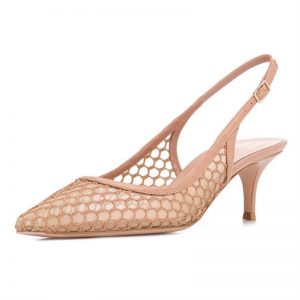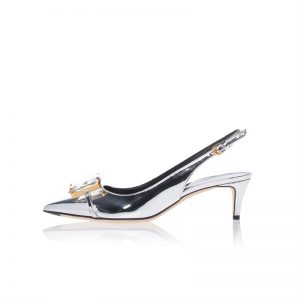The Egyptians left their footprints on the damp sand as early as 3500 BC. They were braided with straw ropes to form shoe soles that match the size of their feet, and they were fixed to their feet with rawhide straps. This kind of sandals is very practical, wearing them can protect the soles of the feet from damage from dry and rough ground.
The Japanese call the woven sandals straw sandals, the Persians and Indians wear wedge sandals with split toes, and the Africans use dyed pigskin to sew “one-step” styles.
In the Middle Ages, commoners and people of low status wore plain wooden sandals. At that time, the priests and monks were also dressed like this to show their disdain for the glitz of the world.
In the 1920s, sandals regained people’s love and became popular. With all kinds of heels, it has regained its former glory, and it has become more and more charming. By the end of the 1920s, the toes gained more freedom and attention. They were dyed bright red and protruded from high-heeled sandals. Soon a new style appeared, with only a few shoelaces thin like noodles on the feet, and the women’s feet were unreservedly exposed in full view.
During the 1960s, sandals regained their flat style. In the 1980s, some big-name designers made improvements to high-heeled sandals, and the more convergent instep decoration was both sexy and dignified. These designers showed us the natural essence of ancient Egyptian sandals-a good pair of sandals should highlight the true colors of the feet, not other fancy items.















